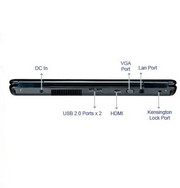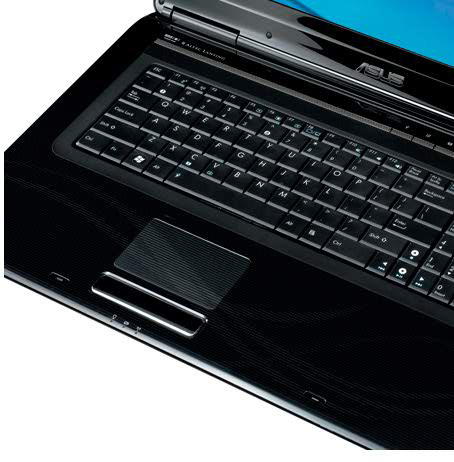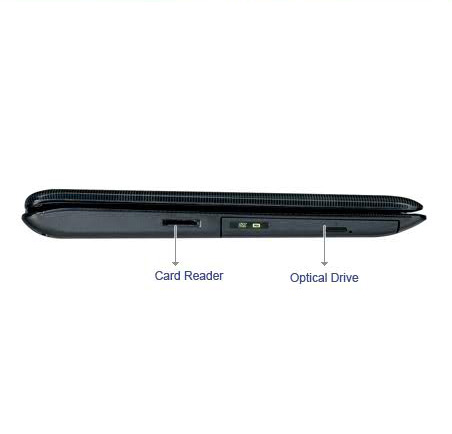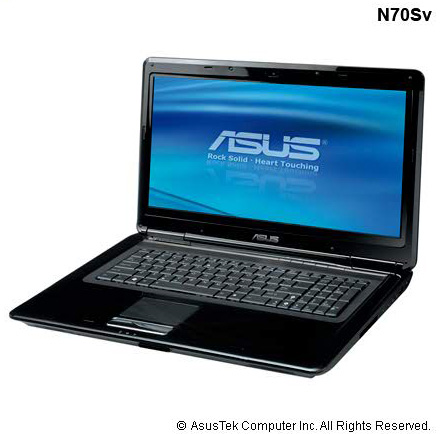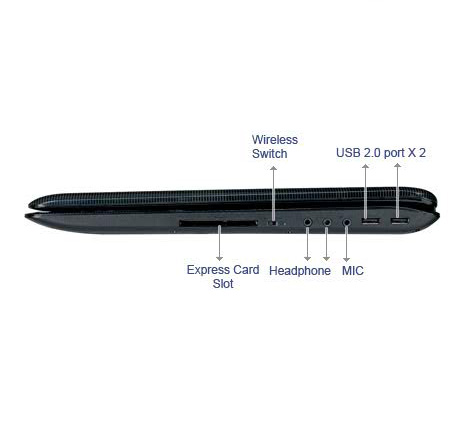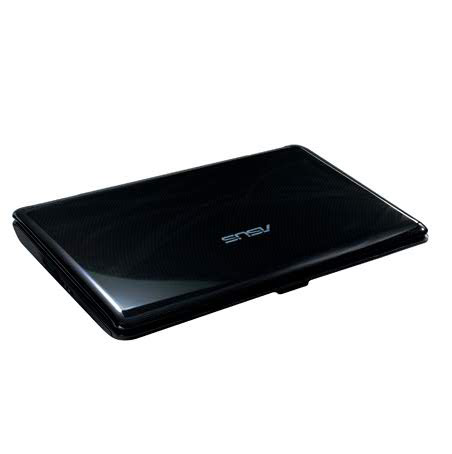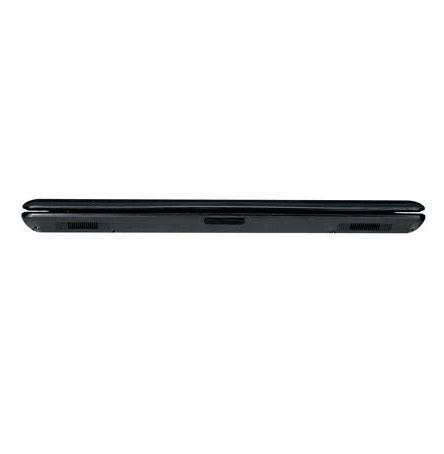Asus N70SV
Specifications

Price comparison
Average of 4 scores (from 4 reviews)
Reviews for the Asus N70SV
Source: PC Go - 9/09

Single Review, , Very Short, Date: 08/01/2009
Rating: Total score: 76% price: 80%
Source: Notebookinfo
 DE→EN Archive.org version
DE→EN Archive.org versionSingle Review, online available, Medium, Date: 06/10/2009
Rating: Total score: 75% performance: 78% features: 88% display: 96% mobility: 40% workmanship: 69%
Source: Notebookjournal
 DE→EN Archive.org version
DE→EN Archive.org versionSingle Review, online available, Long, Date: 06/05/2009
Rating: Total score: 90% price: 70% performance: 60% features: 50% display: 50% mobility: 70% workmanship: 90% ergonomy: 70%
Source: PC World Italia
 IT→EN Archive.org version
IT→EN Archive.org versionSingle Review, online available, Medium, Date: 08/20/2009
Rating: Total score: 60%
Comment
NVIDIA GeForce GT 130M: The GeForce GT 130M is a higher clocked GeForce 9650M GT with a slightly lower TDP (level of the 9600M GT). The performance differs according to the used type of memory (DDR3 up to 1066 MHz and DDR up to 600 MHz). PhysX is only supported in an SLI configuration.
Non demanding games should be playable with these graphics cards.
» Further information can be found in our Comparison of Mobile Graphics Cards and the corresponding Benchmark List.
Intel Core 2 Duo: This is the Core Duo and Core Solo successor with a longer pipeline and 5-20% more speed without more power consumption. As an addition to the Core Duo design there exists a fourth decoder, an amplified SSE-unit and an additional arithmetical logical unit (ALU).
The Core 2 Duo for laptops is identical to the desktop Core 2 Duo processors but the notebook-processors work with lower voltages (0.95 to 1188 Volt) and a lower Frontside bus clock (1066 vs 667 MHz). The performance of equally clocked notebooks is 20-25% lower than Desktop PCs because of the lower Frontside bus clock and the slower hard disks.
T9550:
The T9550 is a middle class dual-core CPU of the Core 2 Duo line and similar to the P9600 (except for the higher TDP of the T9550 - 35 vs 25 W). The performance of the T9550 should be sufficient for most applications and games of 2009.
» Further information can be found in our Comparison of Mobile Processsors.




